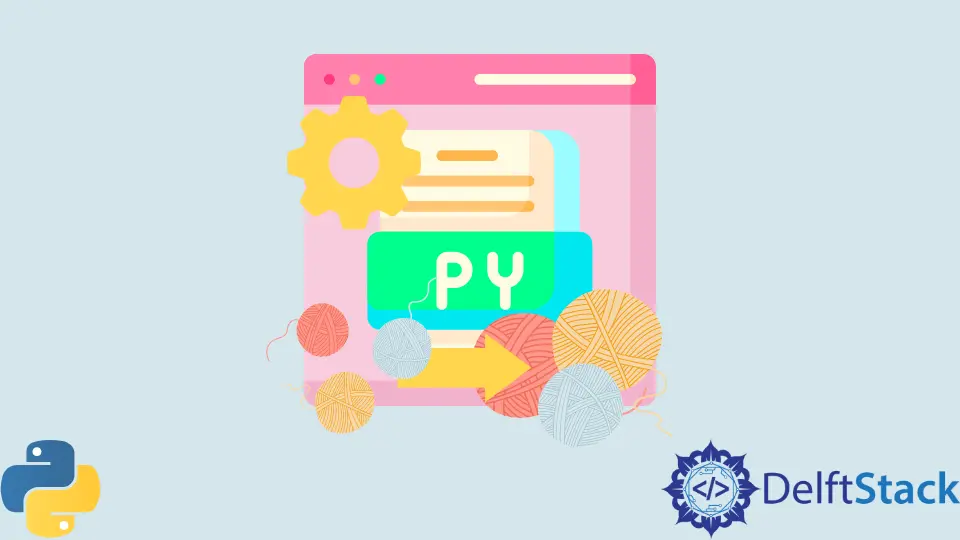在 Python 中连接线程
Manav Narula
2022年5月17日
Python
Python Thread

多线程使我们能够获得完整的 CPU 优化。
线程不需要过多的内存开销,多个线程也可以进行通信和共享信息。在 Python 中,我们使用 threading 模块来处理线程。
我们现在将讨论 join() 方法与 Python 中的线程。我们使用这个函数来阻塞调用线程,直到它上面的线程被终止。
它可以正常终止或由于某些异常和超时。如果需要,也可以在 join() 函数中提及超时值。
现在让我们用一个例子来讨论这个问题。
import threading
import time
class sample(threading.Thread):
def __init__(self, time):
super(sample, self).__init__()
self.time = time
self.start()
def run(self):
print(self.time, " starts")
for i in range(0, self.time):
time.sleep(1)
print(self.time, "has finished")
t3 = sample(3)
t2 = sample(2)
t1 = sample(1)
t3.join()
print("t3.join() has finished")
t2.join()
print("t2.join() has finished")
t1.join()
print("t1.join() has finished")
输出:
3 starts
2 starts
1 starts
1 has finished
2 has finished
3 has finished
t3.join() has finished
t2.join() has finished
t1.join() has finished
在上面的示例中,请注意其他两个线程在 t3 完成时结束。然而,join() 函数持有主线程,其他线程等待它终止。
Enjoying our tutorials? Subscribe to DelftStack on YouTube to support us in creating more high-quality video guides. Subscribe
作者: Manav Narula
Manav is a IT Professional who has a lot of experience as a core developer in many live projects. He is an avid learner who enjoys learning new things and sharing his findings whenever possible.
LinkedIn